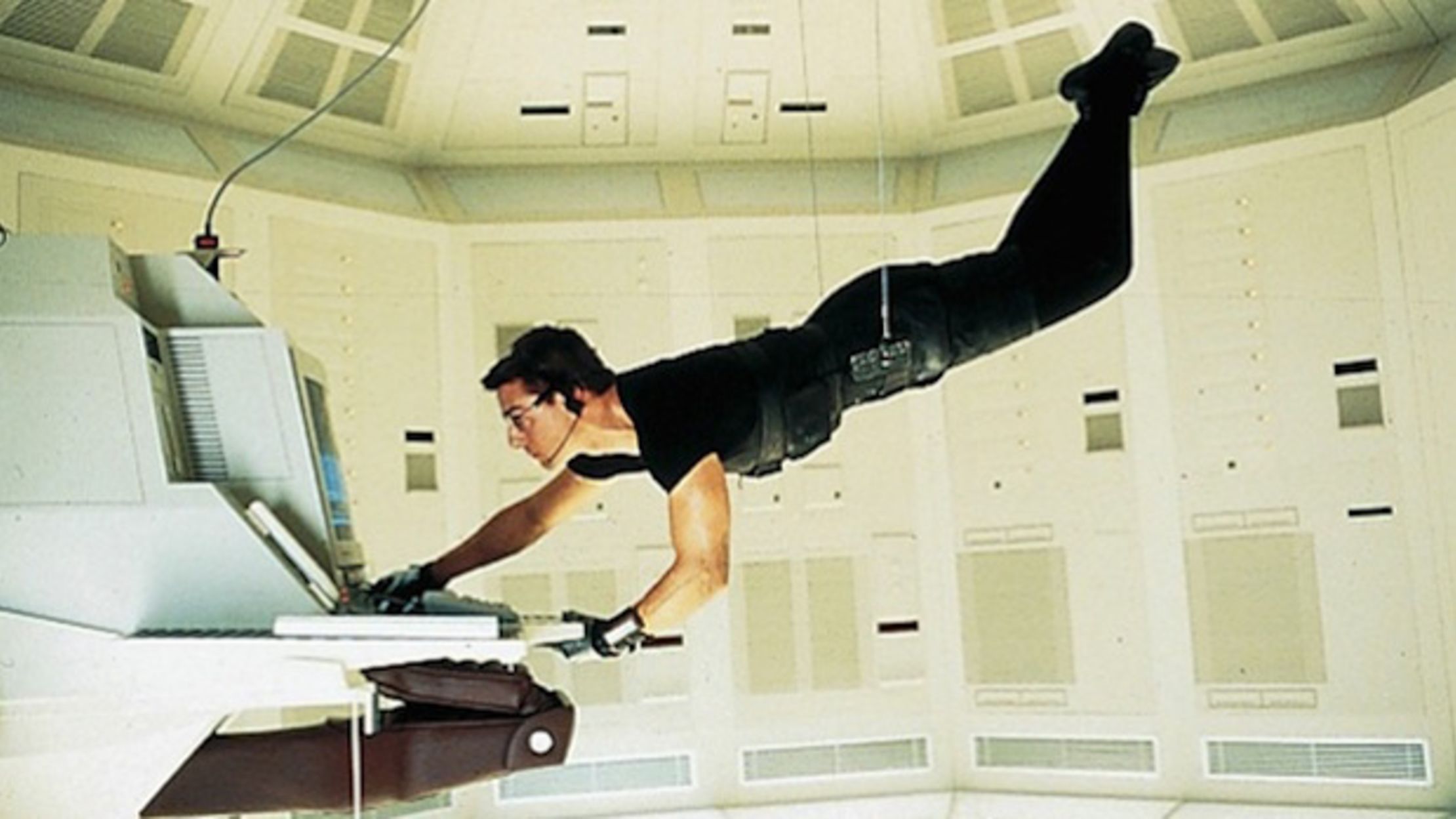A friend recently posted something which turned out to be false and told me about how ashamed she felt of herself. To be fair, it didn’t take her more than a couple of hours to realise her mistake and delete the post (I hadn’t even gotten round to opening it yet), but she still felt like she had let down her friends and followers.
I completely understand, but I feel she’s being a bit unreasonable and unfair to herself. I’ve decided to make this into a short article because the advice I want to share with her is one that many people could use.
First of all, my dear friend…
It Happens To The Best of Us (Clearly)
Feeling bad is actually a good thing. It shows that you do care about the veracity of information that you post online, something not shared by everyone, unfortunately. The truth is, if we all carried our online responsibility as seriously as you do, the world would be a much less misinformed place. So yes, while you should not brush away the feeling, try to understand that it is coming from a good place.
Secondly, use this experience as a learning tool. Learning not just for yourself, but for others you communicate with. Spread the word that these things do happen, as none of us is perfect, and being aware that we are not infallible is a great tool for increasing our diligence. The easiest way to fall for reposting misinformation is to think that we cannot possibly be fooled or mistaken.
Speaking of diligence, there is a method which might not only serve to explain why you slipped up this one time but could also be something that you use to prevent future mistakes.
Traffic Light (and White) Colour Coded Attention Zones
The way this works is that there are three (3) colours which represent different levels of awareness.
White is when you are completely (some might even say blissfully) unaware of your surroundings. While it is a comforting place to be, it leaves one exposed because potential threats that are often not seen.
Green is when you are not unaware but are relaxed and feeling no pressure. In this zone, you are casually observing but your heartrate is steady, meaning that you are about as relaxed as in the white zone while still being aware of goings-on around you.

Yellow is when you perceive a potential threat which has not yet materialised. It’s like when you’re walking in a familiar place and see something that doesn’t fit in. You are not alarmed, and you don’t lose your cool, but your senses heighten and you are paying attention, ready, if necessary, to escalate. In this mode, you are not exactly relaxed, but you are also not pumped full of adrenaline. It can be maintained for a shorter period of time than those mentioned above.

Red zone is when a threat has materialised and you are actively engaged in your response, whether that be fight, flight or otherwise. This zone is highly stressful to the mind and body and cannot be maintained for very long periods of time (without training, anyway) because of the risk of mental breakdown and/or fatigue.

Now, you clearly don’t want to be in White zone all the time because that’s where you can easily become a victim to bad actors. However, you also can’t maintain the Red zone for very long without running the risk of suffering a mental (and possibly physical) breakdown.
So ideally, you would want to be in the Green zone for the most part, then step up to the Yellow zone when you notice something that requires extra attention. You would then, while in the Yellow zone, prepare your possible responses, should a threat materialise, and also plan your exits. But you should not stay in the Yellow zone for too long because it does lead to fatigue and burnout after a while. Therefore, you would want to either confirm if there’s a threat or not, or get yourself to a safe place so that you can go back to the Green zone.
The truth is, most of us already practice this in some fashion, like when driving or riding a regular commute. We are usually aware of our surroundings, though not overly concerned, until we perceive something out of the ordinary (strange figures, a road diversion, etc), at which point we go into the Yellow zone (alertness) until we have passed the object of attention, then we go back into the Green zone. We only use the Red zone when a hazard presents itself (an object suddenly falls in our path), at which point we react (hopefully appropriately), before falling back into the Yellow zone for a while and, eventually, the Green zone.
Online Application
While mostly used for situational awareness in the real world, this method might also be used for our online activities.

So, for instance, you might be in the Green zone when browsing your favourite sites then, when you are redirected to another site, or you see something you’re tempted to repost, you switch to the Yellow zone. In this zone, you pay closer attention to things like the URL in the address bar, whether the little green padlock (which indicates security) is present, if the information contained on the site checks out, etc. If you notice anything like an apparent mistake in the URL, then you quickly leave while still in the Yellow zone.
At this point, you would go back to the safety of sites/posts that you are sure about, and your attention will fall back into the Green zone so you don’t get stressed out. Pursuing the threat further isn’t something that most users should do. You could mark it or report it for those trained and paid to follow up on.
It might take some time to train your brain to always go into the Yellow zone before posting/re-posting but it can be done with relative ease. This way, you not only create a filter that will prevent you from falling for all but the most sophisticated disinformation, but you will also save yourself from burn-out and stress in the process.

Stay awesome, friend.
